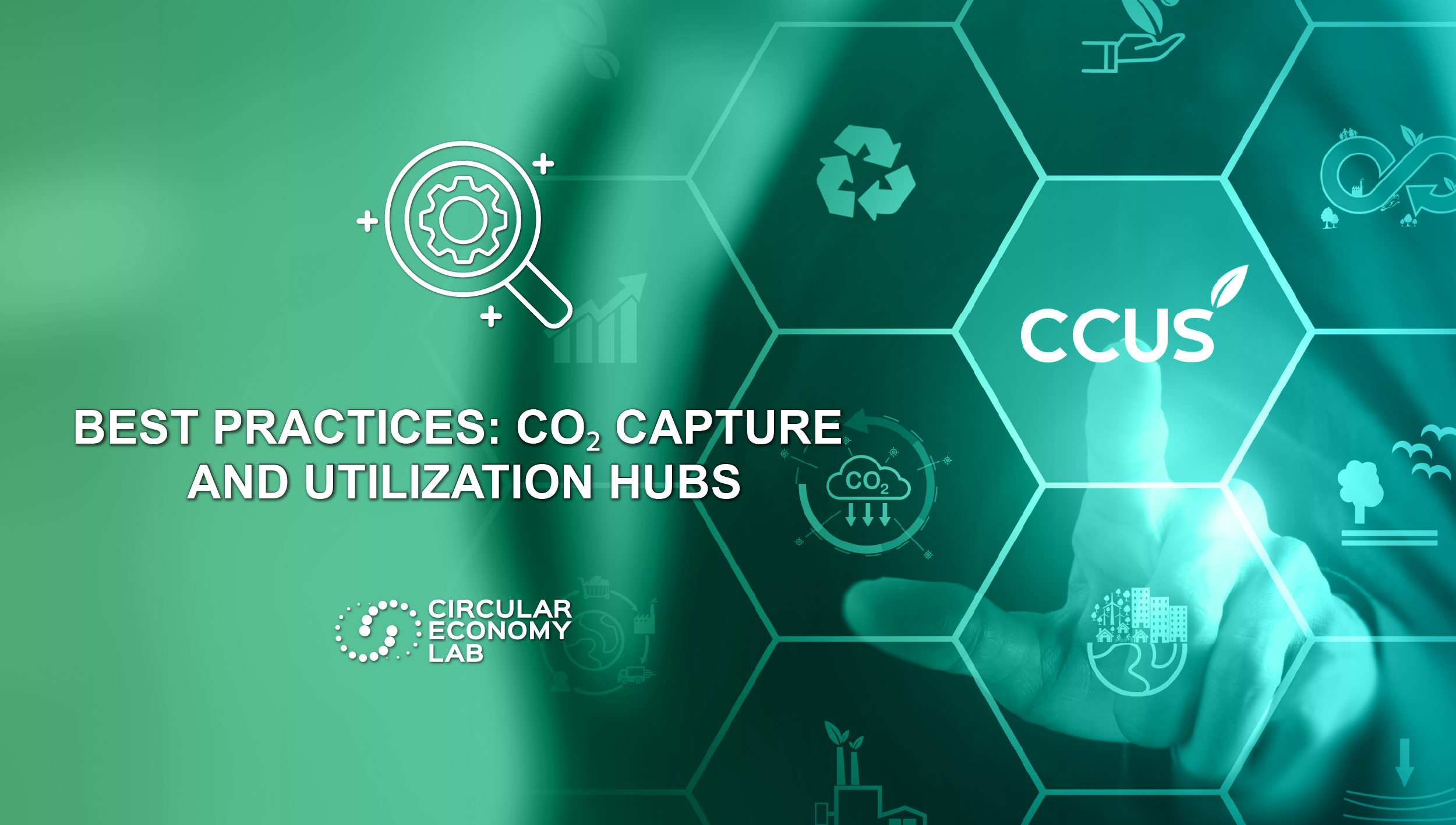
Best Practice: CO₂ Capture and Utilization Hubs
CO₂ capture and utilization hubs offer an innovative and collaborative approach to reducing greenhouse gas emissions. In this article, we will explore the Hub & Cluster model within the framework of CCUS (Carbon Capture, Utilization, and Storage) technologies, analyzing international best practices.
As highlighted in previous articles, CCUS technologies play a key role in the decarbonization of industry and the achievement of climate targets. These infrastructures are typically installed near major CO₂ emitters, such as industrial plants and power stations.
Since many of these facilities are concentrated in specific geographic areas, sharing infrastructure for CO₂ capture, transport, and storage represents an efficient solution. This is precisely the foundation of the Hub & Cluster model, which enables companies to optimize costs, reduce technical risks, and make CCUS technologies more accessible and scalable.
The "Hub & Cluster" model develops through three main phases:
- CO₂ Capture: Emissions are captured directly at industrial sites using sector-specific technologies tailored to different industries (steel, refineries, chemical, cement, etc.).
- Shared Transport: Once captured, the CO₂ is transported via pipelines, ships, or trucks to a central hub for storage or reuse. There are three main transport options:
- Dedicated pipelines: an efficient solution for large volumes, but requires appropriate infrastructure.
- Ship transport: liquefied CO₂ is transported in cryogenic ships to offshore sites.
- Road or rail transport: more suitable for smaller volumes or shorter distances.
- Storage or Utilization: the CO₂ is stored in underground geological formations (such as depleted oil and gas fields) or reused in industrial processes—for example, to produce synthetic fuels, construction materials, or chemicals.
The Hub & Cluster approach optimizes these operations by offering shared infrastructure across industries, reducing costs and increasing efficiency. Below are the numerous benefits of CCUS hubs:
- Cost reduction: Shared infrastructure lowers both capital and operational expenditures.
- Risk minimization: Centralized management simplifies regulatory and technical compliance.
- Scalability: New industrial plants can be integrated over time.
- Accelerated development: Shared infrastructure streamlines permitting and funding processes.
- Decarbonization of hard-to-abate sectors: High-emission sectors such as cement, steel, and chemicals benefit from practical emission reduction solutions.
BEST PRACTICE EXAMPLE: NORTHERN LIGHTS CCS HUB (NORWAY)
One of the most advanced CCUS projects globally is the Northern Lights CCS Hub—the first open-access CO₂ transport and storage hub in Europe, operational since 2024. This innovative infrastructure enables industries across multiple countries to reduce their emissions through a shared network.
Developed by TotalEnergies, Equinor, and Shell, the project has an initial storage capacity of 1.5 million tonnes of CO₂ per year, with potential expansion up to 5 million tonnes. Northern Lights is part of the broader Norwegian Longship initiative and has been recognized by the European Union as a Project of Common Interest.
The process includes:
- Capturing CO₂ from industrial plants in Norway and/or other European countries.
- Liquefying the CO₂ (at -50°C) and transporting it by ship to a receiving terminal in Norway.
- Temporary onshore storage and subsequent transport via a 100-km subsea pipeline to an offshore site located 2,600 meters deep in a saline geological formation.
Northern Lights demonstrates how shared CCUS infrastructure can lower unit costs for CO₂ capture and foster industrial cooperation at the international level.
CONCLUSIONS
The Hub & Cluster CCUS model proves to be an effective and scalable solution for reducing industrial emissions by optimizing infrastructure use and making CCUS technologies more economically accessible and sustainable.
To maximize impact, strong governmental policies, targeted investments, and robust industry collaboration will be essential. The Northern Lights example shows how such hubs can play a key role in the ecological transition, making a tangible contribution to achieving Europe’s climate goals and carbon neutrality by 2050.